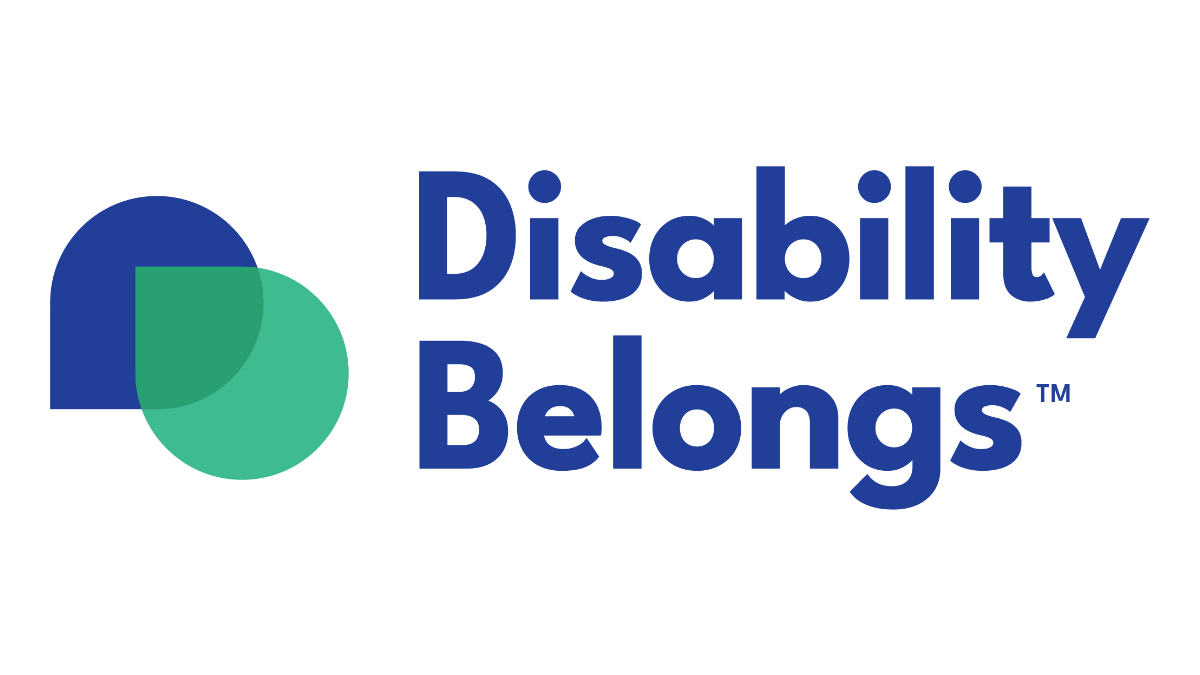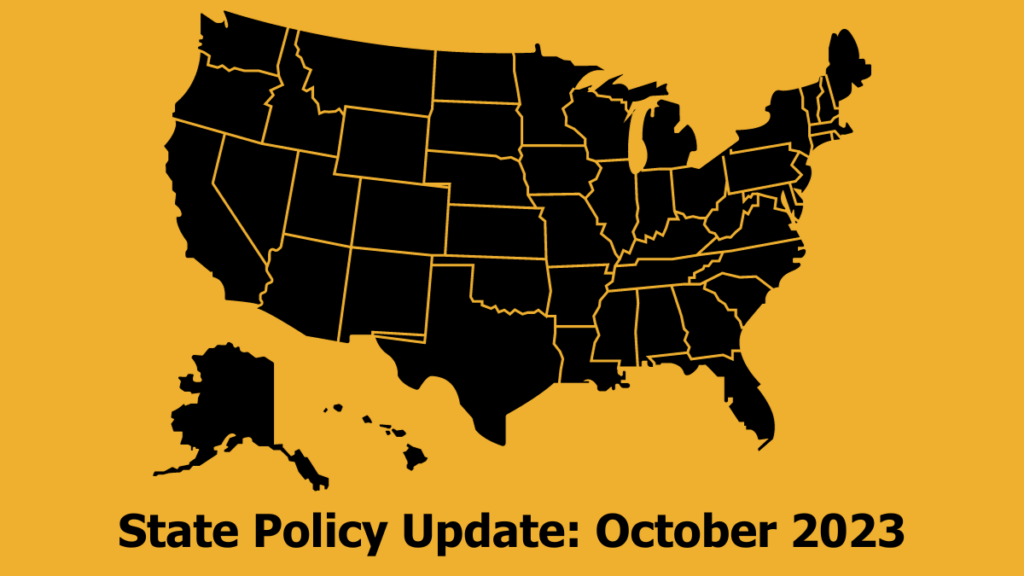 With California wrapping up its legislative session on September 14 and North Carolina adjourning on October 13, state legislatures are going into recess just in time for autumn. Even the full-time representatives are largely done with their major efforts for 2023.
With California wrapping up its legislative session on September 14 and North Carolina adjourning on October 13, state legislatures are going into recess just in time for autumn. Even the full-time representatives are largely done with their major efforts for 2023.
So, what now? Is everyone on vacation leaf-peeping and sipping their pumpkin spice lattes?
Not exactly. This is the key time when California state legislators and their staff members will be reviewing bills that the governor has signed or vetoed and planning their strategy for next year. Legislators with vetoed bills may want to reintroduce them next year, choose another technique for accomplishing their goal, or abandon the bills altogether. Others will be sorting through ideas, constituent suggestions, input from lobbyists, and building out their “bill package” for next session. [continue reading…]


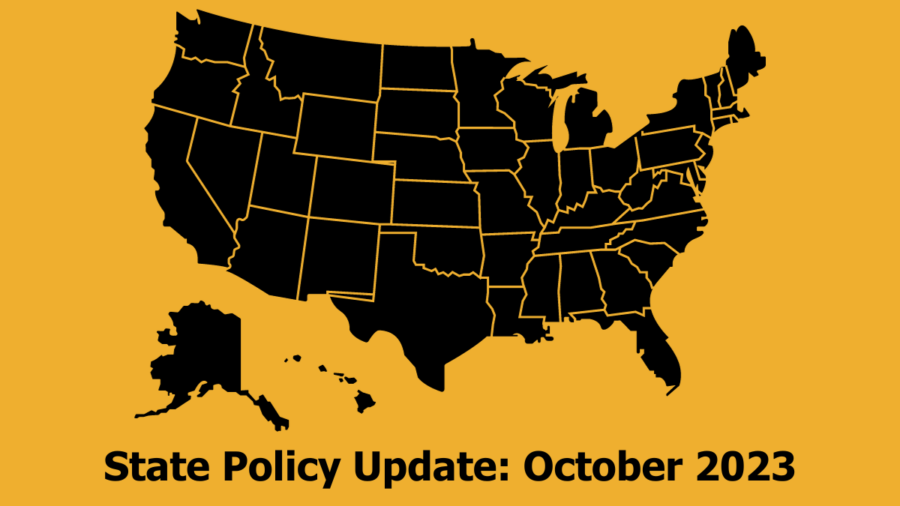

 RespectAbility’s federal policy work is often done in coalition with other organizations, ensuring input from a wide cross-section of the disability community. Check out our latest advocacy highlights from working in partnership with the Consortium for Constituents with Disabilities (CCD), which is the largest coalition of national disability organizations that focus on policy, and the National Coalition on Accessible Voting (NCAV), which is a coalition of organizations dedicated to protecting, promoting, and expanding voting accessibility.
RespectAbility’s federal policy work is often done in coalition with other organizations, ensuring input from a wide cross-section of the disability community. Check out our latest advocacy highlights from working in partnership with the Consortium for Constituents with Disabilities (CCD), which is the largest coalition of national disability organizations that focus on policy, and the National Coalition on Accessible Voting (NCAV), which is a coalition of organizations dedicated to protecting, promoting, and expanding voting accessibility. 
 Over the past month, two of RespectAbility’s major workforce initiatives, the Building Better Futures initiative (BBFI) and our Enabling Economic Independence to Work program (EIW), made great strides forward.
Over the past month, two of RespectAbility’s major workforce initiatives, the Building Better Futures initiative (BBFI) and our Enabling Economic Independence to Work program (EIW), made great strides forward.
 “Nothing about us without us.”
“Nothing about us without us.”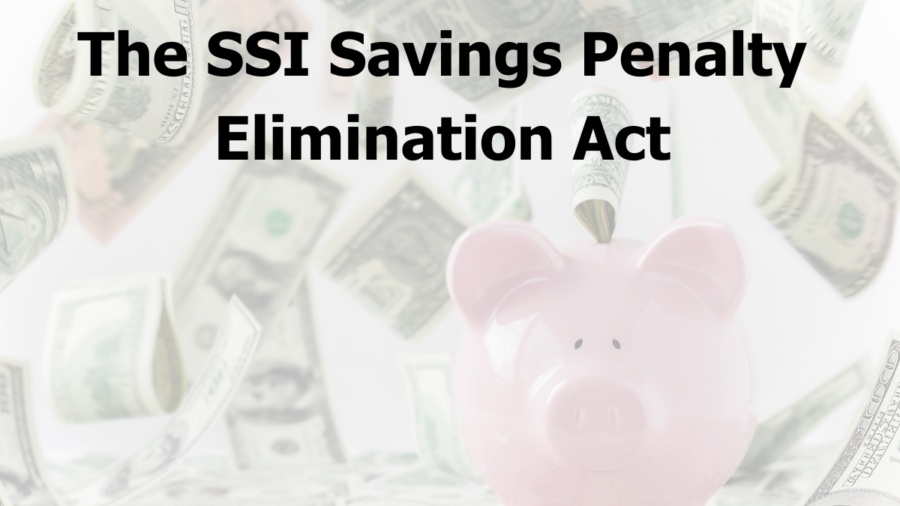
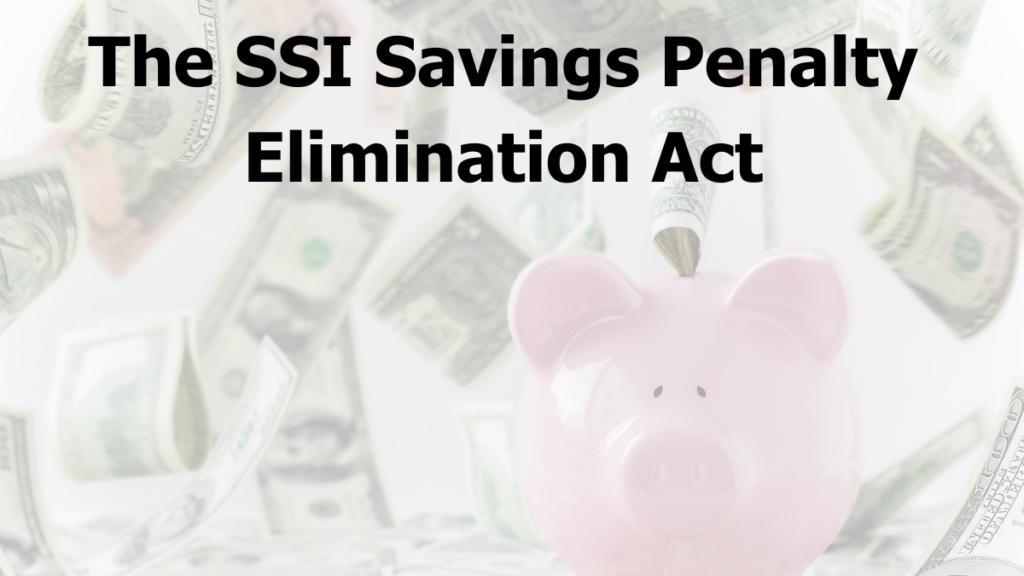 What if you had to choose between paying your rent and marrying your significant other? People with disabilities who receive Supplemental Security Income (SSI) are faced with this decision every day. The SSI Savings Penalty Elimination Act raises asset limits for SSI recipients and couples. This proposal, while simple, could have a significant impact on SSI recipients and their families.
What if you had to choose between paying your rent and marrying your significant other? People with disabilities who receive Supplemental Security Income (SSI) are faced with this decision every day. The SSI Savings Penalty Elimination Act raises asset limits for SSI recipients and couples. This proposal, while simple, could have a significant impact on SSI recipients and their families.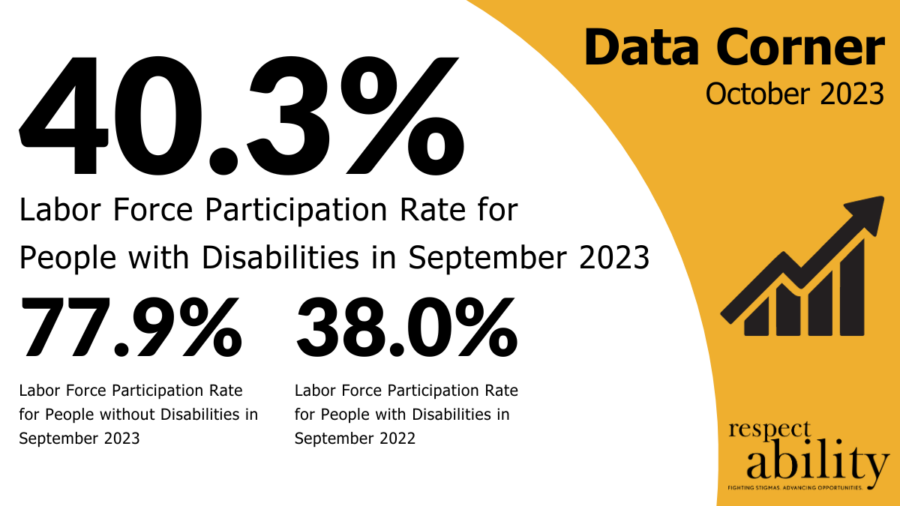
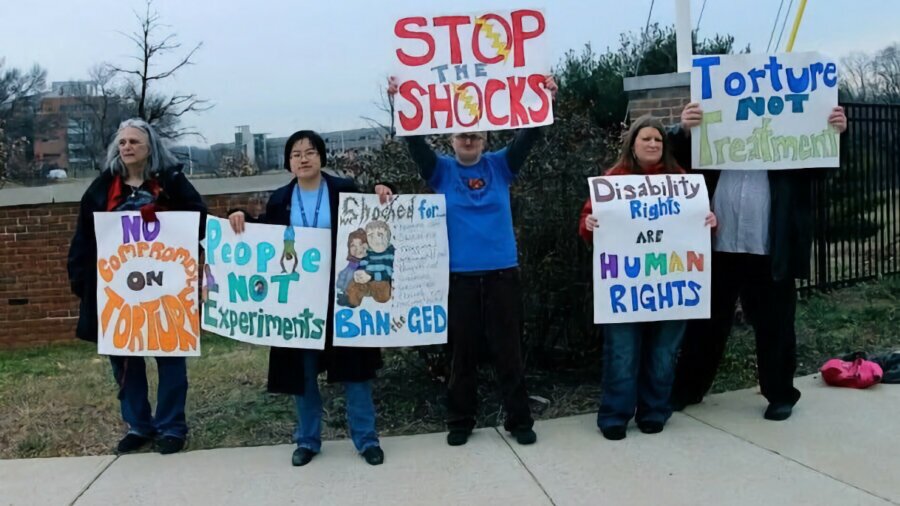
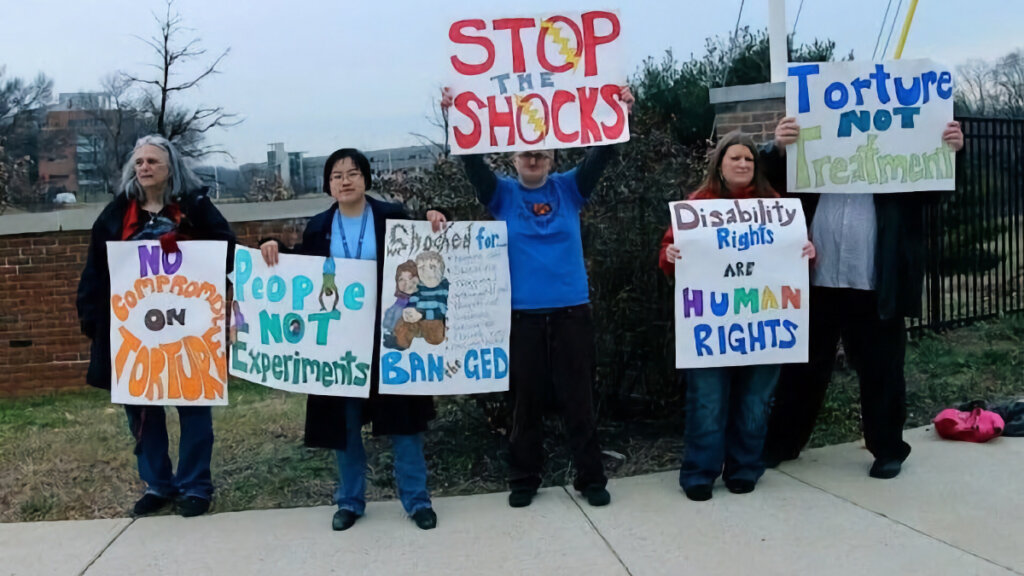 Since 1971, the Judge Rotenberg Center in Canton, Massachusetts has served as an institution for individuals with developmental disabilities. To help patents stop dangerous behaviors, the center uses aversive therapy, in which a patient experiences a form of discomfort given by a therapist if the patient engages in perceived inappropriate behaviors. The goal is for the patient to recognize that continued occurrences of such behaviors will result in further exposure to the discomfort given by the therapist, leading them to stop the behavior.
Since 1971, the Judge Rotenberg Center in Canton, Massachusetts has served as an institution for individuals with developmental disabilities. To help patents stop dangerous behaviors, the center uses aversive therapy, in which a patient experiences a form of discomfort given by a therapist if the patient engages in perceived inappropriate behaviors. The goal is for the patient to recognize that continued occurrences of such behaviors will result in further exposure to the discomfort given by the therapist, leading them to stop the behavior.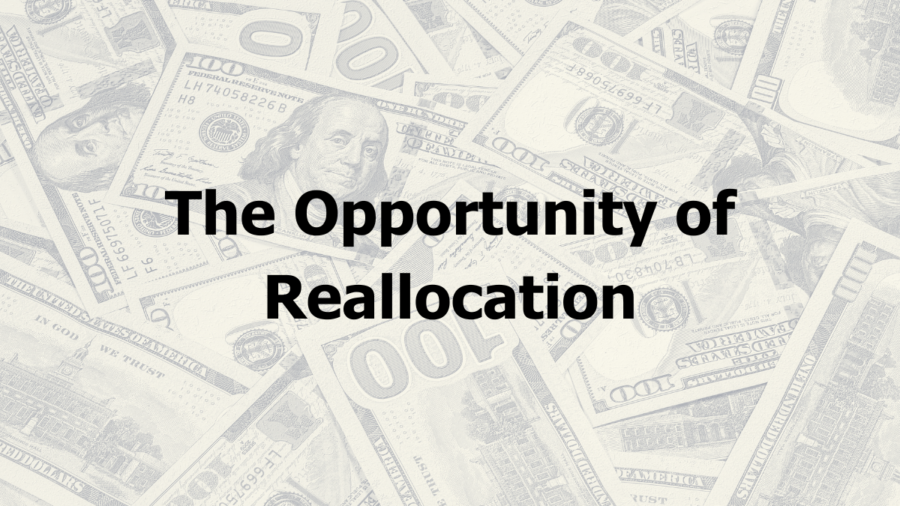

 Spotlight on Service Dogs
Spotlight on Service Dogs


